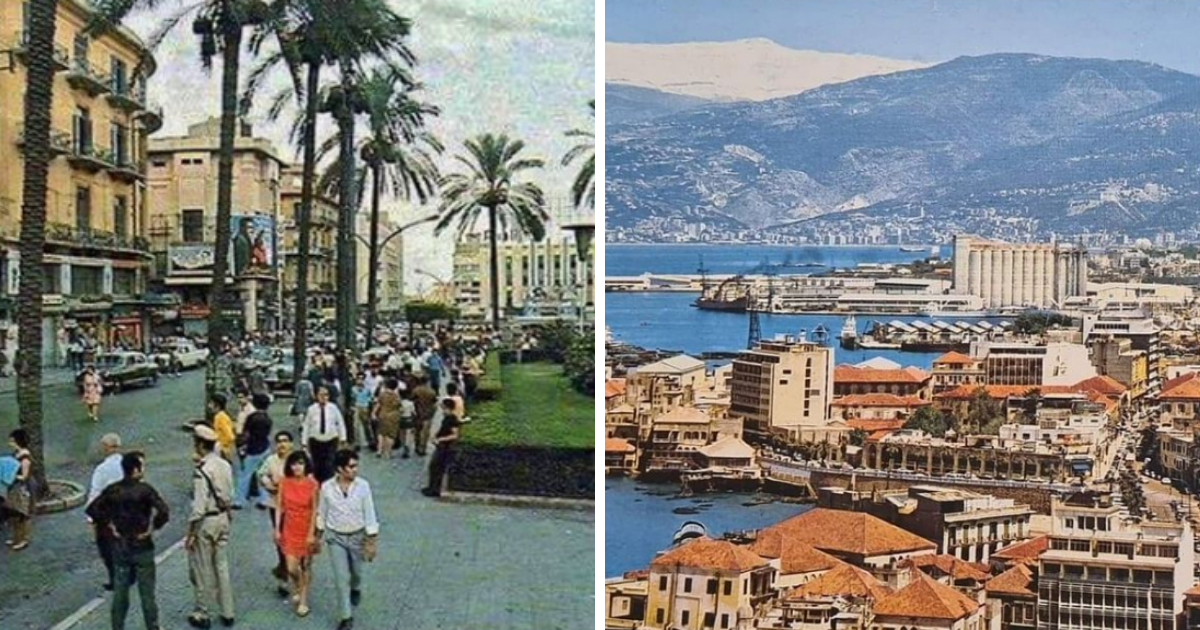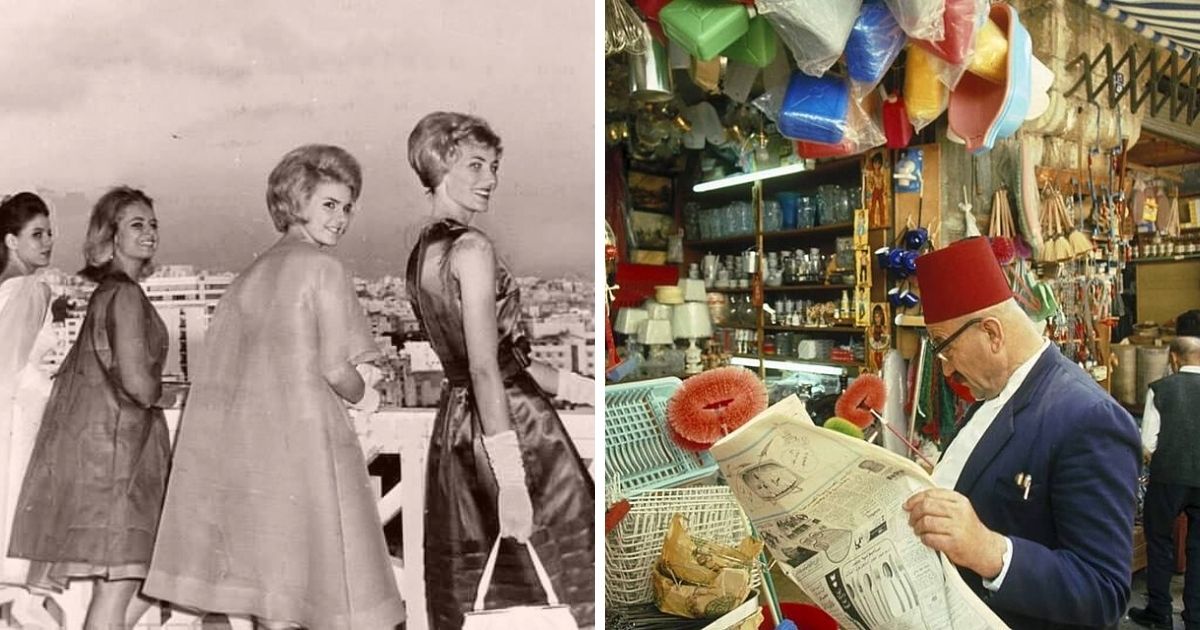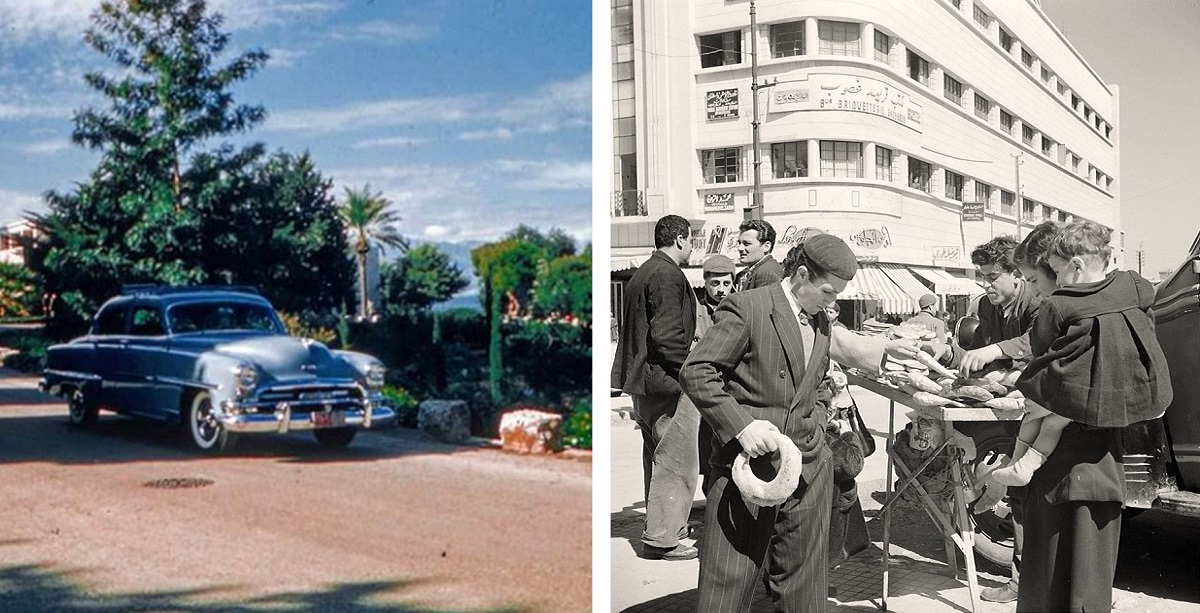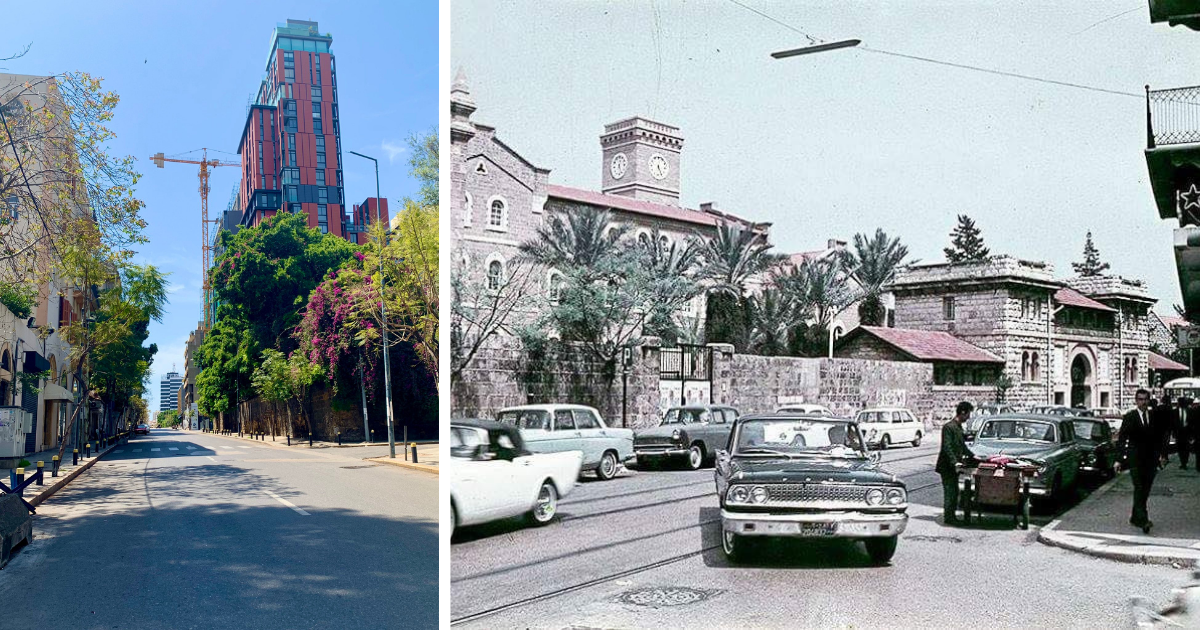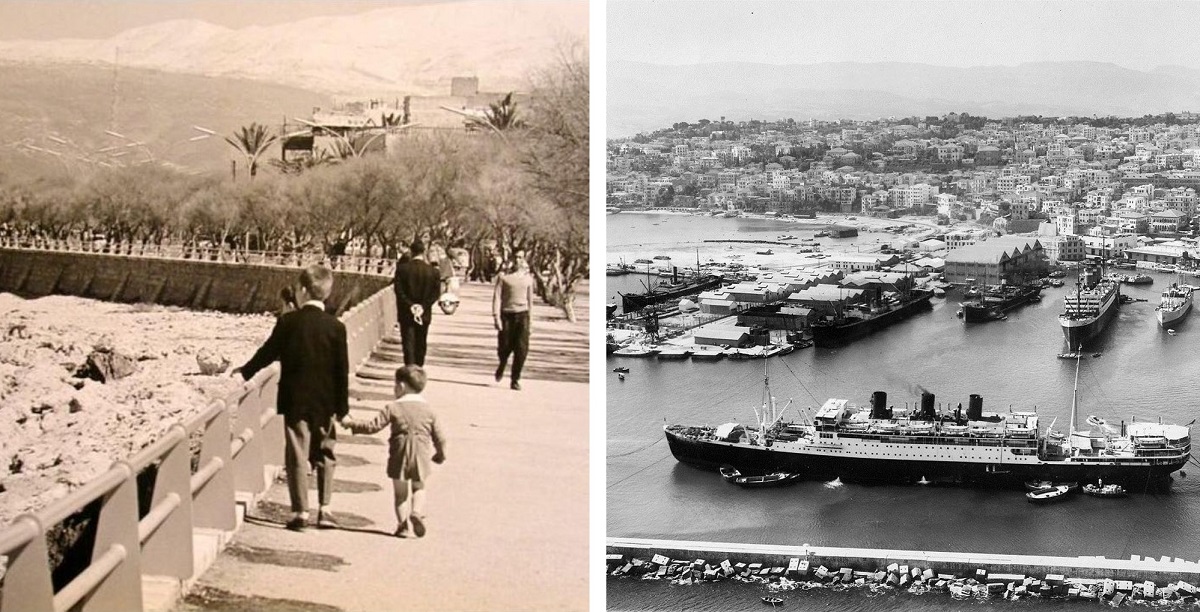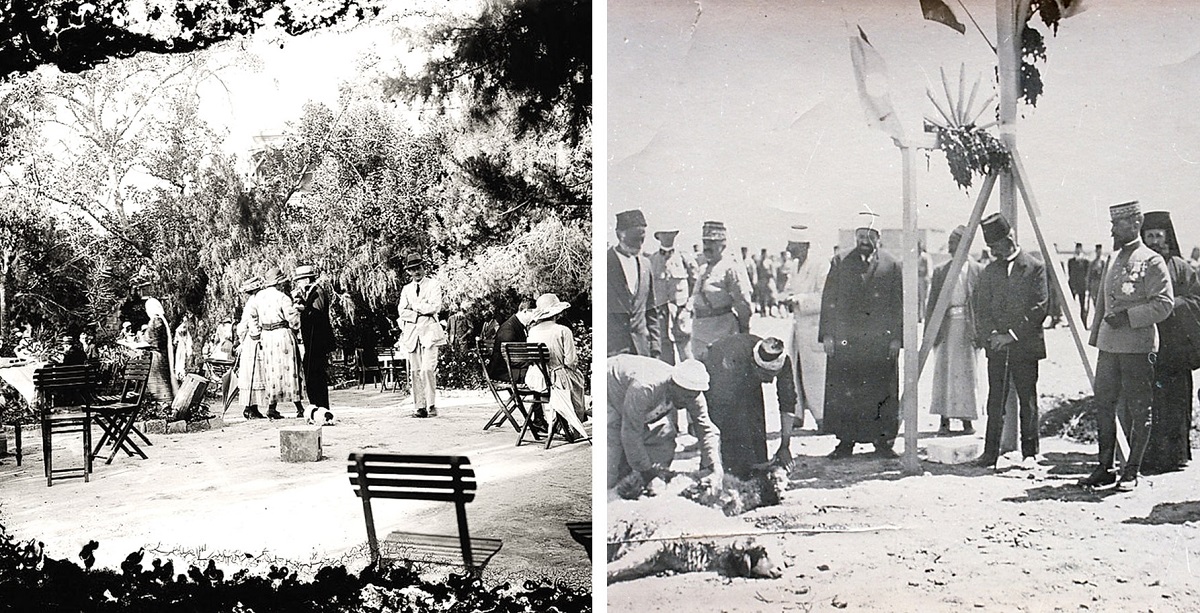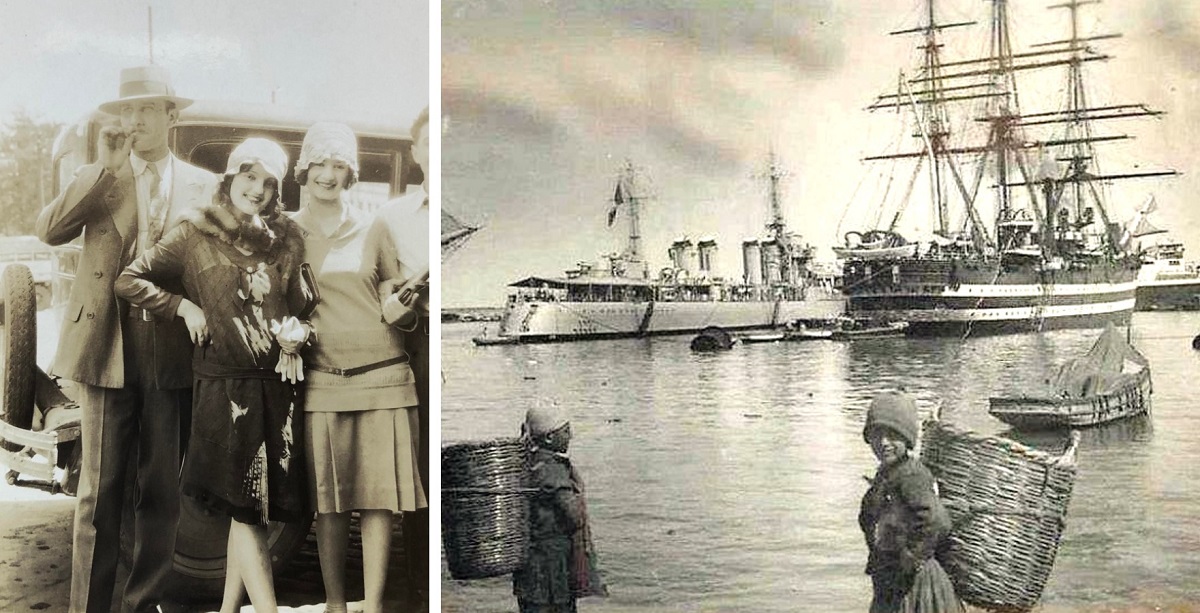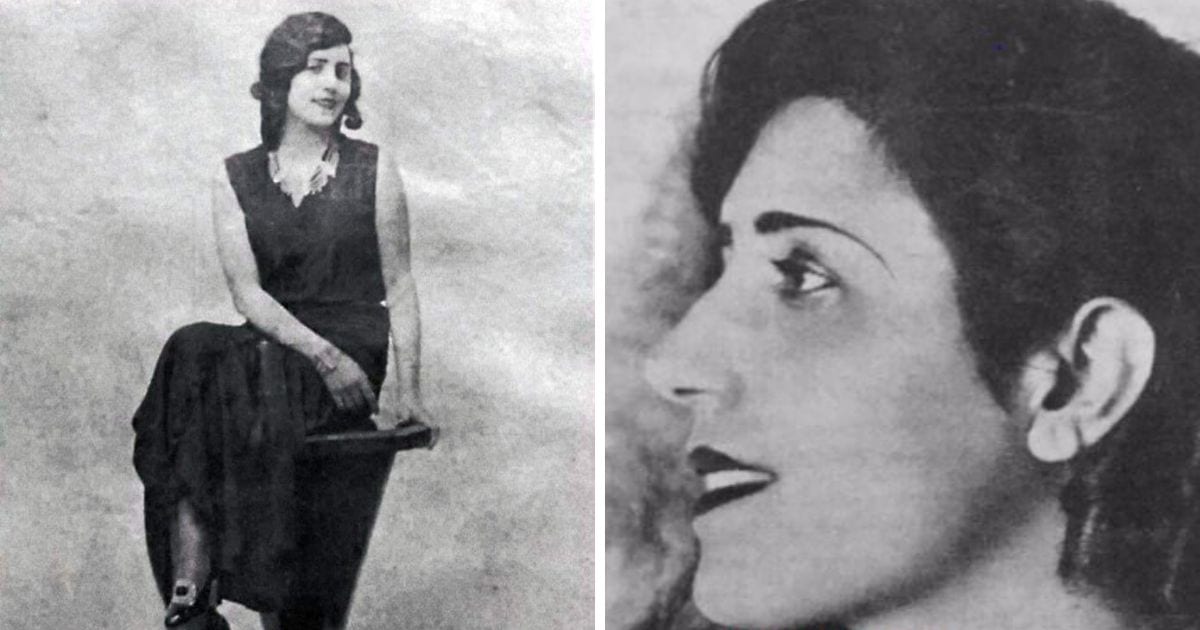In 1941, after their successful invasion of Vichy French Syria and Lebanon, the allies started constructing an extension of their Egypt-Palestine transportation system in the Levant.
The railway was extended from Palestine to Beirut along the coast of Lebanon, passing over and through several rivers and mountains, which necessitated the construction of a number of bridges and tunnels along the way.
The Haifa-Beirut railway was open for traffic by August 1942, at which time work was ongoing to continue the line northwards toward Tripoli.
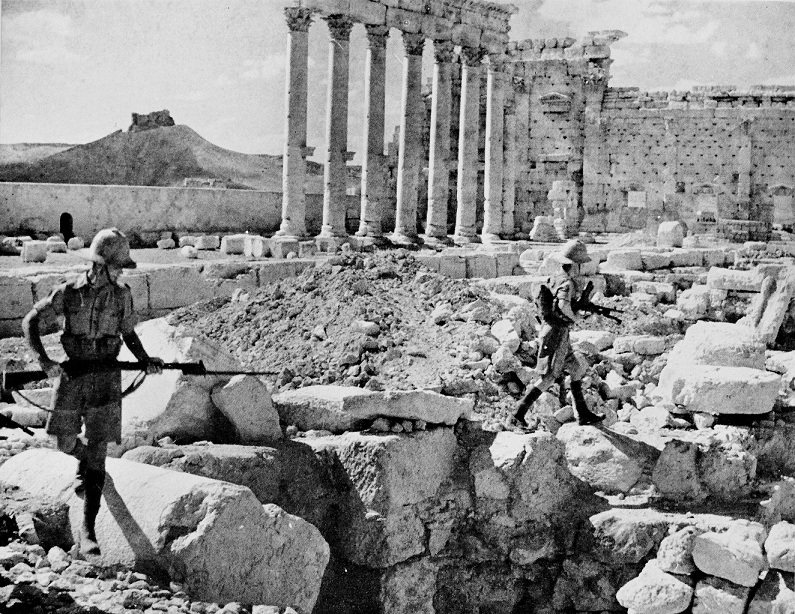
By December the following year, the railway had reached Tripoli and was fully operational. The Tripoli Railway Station was later connected to Homs, Syria.
In 1946, after Lebanon gained its independence from France, the Lebanese government purchased the part of the railway that was on Lebanese soil.
To this day, the bridges, tunnels, and tracks – or what’s left of them – remain. The rusty railway tracks have not been used ever since they sustained heavy damage during the conflicts that Lebanon witnessed in the last quarter of the 20th century.
Interestingly, although the tracks did not survive the decades that followed the second world war, footage of their construction process in Lebanon did:
For the full story of how the railway line was constructed, click here.



